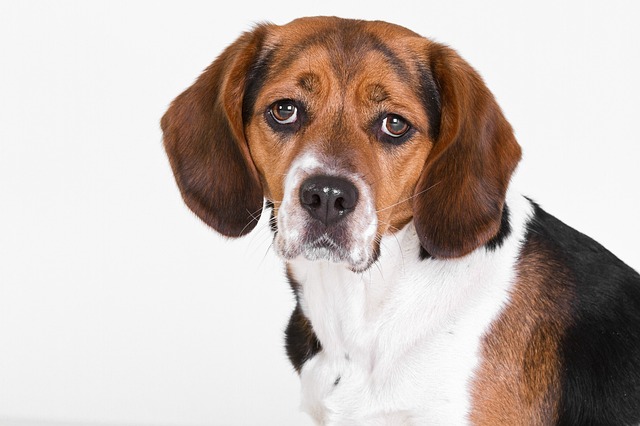
How to discipline a Beagle puppy?
Beagle puppies come with a double dose of energy and curiosity—traits that make them charming, but also prone to chewing shoes or darting through open doors.
When those round eyes look at you curiously, and your soft little paws tentatively touch your palm, what you hold in your hand is not only a traction rope, but also a wonderful educational journey about to unfold. The learning ability of a puppy is like a whiteboard waiting to be written, and the teaching of basic instructions is the first stroke drawn on this whiteboard. This process requires not only skills, but also a profound understanding of canine psychology and full patience.
Establishing trust is the most important foundation before training begins. In the first few days of arriving in a new environment, puppies should be given sufficient time to adapt, rather than rushing to start formal training. Observing its personality traits - is it lively and outgoing or cautious and sensitive? Is it food driven or toy driven? These observations will provide important basis for the selection of training methods in the future. At this stage, a simple name response exercise is a good start: whenever it accidentally looks at you, immediately say its name and give it a reward. This positive correlation makes puppies understand that paying attention to their owners is a good thing to look forward to, laying an emotional channel for all subsequent instruction learning.
Sitting down "is usually the first formal teaching instruction, not only because of its practicality, but also because this posture can help excited puppies calm down. Choose a moment when the puppy is calm but slightly hungry, bring the snack close to its nose, then slowly move it up and back, naturally guiding it to lift its head and press down on its buttocks. At the moment when the buttocks touch the ground, clearly say 'sit down' and immediately give a reward. Remember not to press the puppy's buttocks with your hands to force it to sit down, as this may damage the developing bones and cause the puppy to associate training with discomfort. The initial training should not exceed 5 minutes each time, and the effect of multiple times a day is much better than a single long training session. You will notice that a few days later, the puppy begins to consciously "ask" for rewards by sitting down, which is a cute signal of understanding happening.
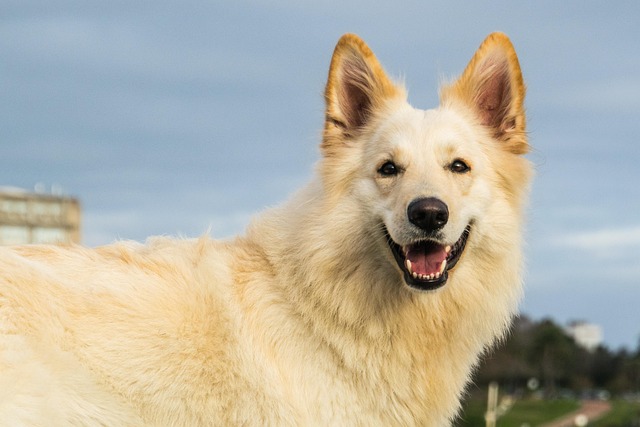
The teaching of 'waiting' instructions requires a gradual and wonderful rhythm. Starting from the simplest version: have the sitting puppy wait for 1 second before receiving the snacks in front of them. Gradually extend to 3 seconds, 5 seconds, and then add interfering factors such as the owner taking a step back or clapping. During this process, the puppy's slightly trembling body and the effort to control its gaze were both amusing and awe inspiring. Always use release words (such as' okay ') and give rewards after it successfully maintains its posture, which helps it clearly know when to end the constraint. Remember, for puppies, every second of waiting is as long as ten minutes for human children. Initial failure is normal, but what's important is creating a lot of opportunities for small successes.
The 'come over' recall training is the foundation of safety, but it is the easiest to be taught incorrectly. Common mistakes include overuse of instructions (causing the puppy to become numb to words) or immediately doing something the puppy doesn't like after a recall (such as ending the game). The correct method is to say 'come over' when the puppy has already moved towards you, rather than repeatedly shouting while it is focused on other things. In the initial training, use a long traction rope to provide gentle guidance, and the rewards should be particularly generous - preferably your favorite snacks or toys. When that small figure joyfully rushes towards you, that trust and joy are precious moments that no training achievement can compare to.
The teachings of 'no' and 'leave' require special wisdom. Rather than simply stopping bad behavior, it is better to teach alternative behavior. When a puppy bites something it shouldn't bite, use the "leave" command to guide it towards toys that allow it to bite, and then praise it vigorously. This positive guidance avoids the frustration caused by simple suppression, allowing puppies to understand what is allowed rather than just knowing what is prohibited. You will notice that smart puppies quickly learn to intentionally "make mistakes" to gain guidance and rewards - this is not cunning, but a cute attempt by them to understand human rules.
The sense of time during training needs to be specially adjusted. The attention span of a puppy is only about one minute after multiplying its age by one month (such as about three minutes at three months old), and beyond this time limit, efficiency will sharply decrease. The best training time is during the calm period before eating, after excretion, and after moderate play. The cumulative effect of seemingly casual short training clips -2 minutes before breakfast and 3 minutes after lunch break - is often better than concentrated long-term training. This rhythm is also more in line with the natural learning pattern of puppies, just like their intermittent interactions when playing with siblings.
The selection and gradual fading of rewards is an art. Use high-value snacks (such as small pieces of cooked chicken) in the early stages to ensure strong motivation, and gradually add social rewards such as caresses and compliments as the level of command mastery increases. The ultimate goal is to make obedience a habit rather than just for food, but this process must be slow enough to prevent the puppy from losing interest. It is interesting that when training becomes a pleasant interaction, the owner's appreciation and interaction themselves become the most valuable rewards, which is the most wonderful sublimation in the training relationship.
The gradual increase in environmental difficulty is the key to success. Starting from a quiet and undisturbed indoor environment, gradually increasing the difficulty - turning on the TV, moving to the courtyard, and finally reaching the park. Every new environment is equivalent to relearning, which is a normal phenomenon rather than a step back. When a puppy successfully executes a known command for the first time in a new environment, the sense of achievement flashing in its eyes and your joyful response will weave into the strongest learning memory.
Throughout the entire training process, the most precious thing is not the perfectly executed instructions, but the communication bridges established. When puppies learn to communicate with you through behavior and develop a unique rhythm of interaction between you, this connection is far more important than any individual skill. The small mistakes in training - premature jumping of small paws, confused and crooked little heads, and even occasional stubborn moments - are all lovely imprints in this journey of growth, reminding us that the essence of education is two-way understanding and adaptation. In the end, when your puppy grows into a partner who can cooperate seamlessly with you, looking back at these initial teaching moments, you will find that what is truly trained may not only be it, but also your ability to observe, understand, and love.

Beagle puppies come with a double dose of energy and curiosity—traits that make them charming, but also prone to chewing shoes or darting through open doors.

Dogs thrive on routine, and small breeds—with their quicker metabolisms—need extra consistency. Start by taking your pup out at the same times daily: right after waking up, 15 minutes after meals, and just before bed.
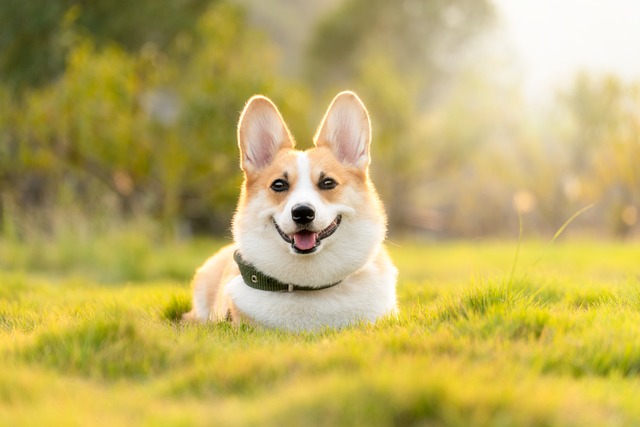
Corgis, with their stubby legs and big personalities, can be little troublemakers when they decide to ignore commands.
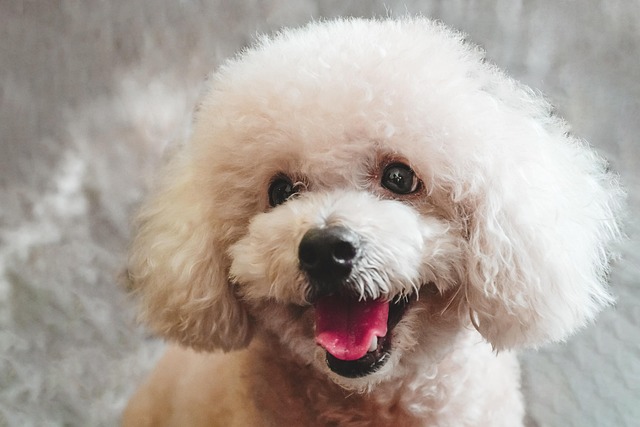
The sudden explosion of barking when a delivery person approaches your door or a neighbor walks past your window is more than just a nuisance

The panicked barking that starts the moment your apartment door closes isn't just heartbreaking—it's a common struggle for urban dog owners trying
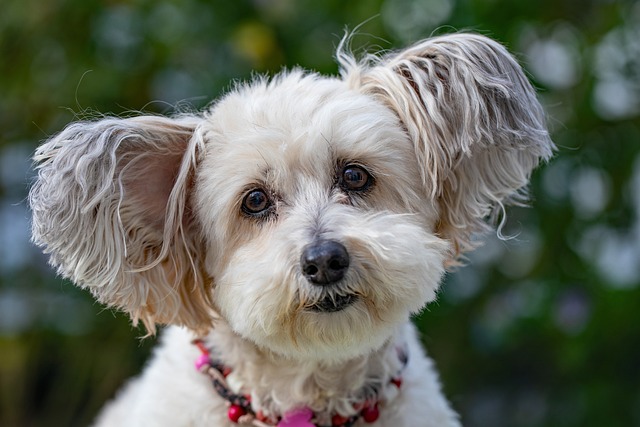
That insistent barking your dog does when demanding food, attention, or toys isn't just annoying—it's a learned behavior that's surprisingly easy to reinforce accidentally.